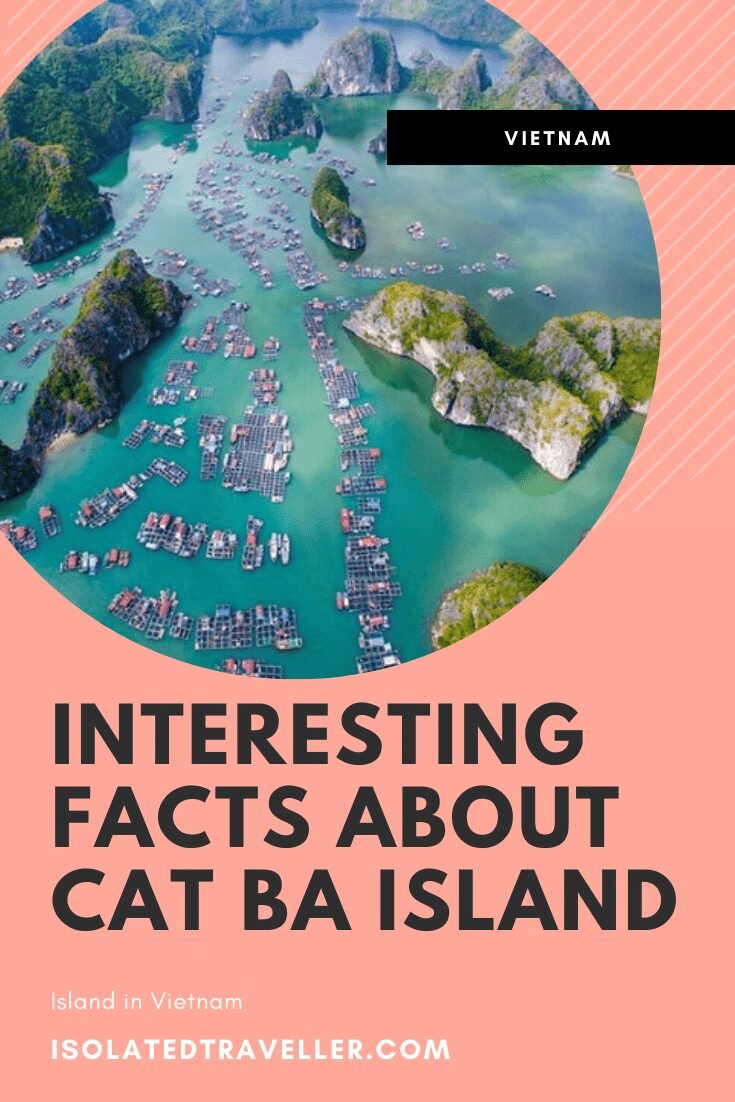Facts About Cat Ba Island
-
Cát Bà Island is the largest of the 367 islands spanning 260 km2 (100 sq mi) that comprise the Cat Ba Archipelago, which makes up the southeastern edge of Lan Ha Bay in Northern Vietnam.
-
In 2004, Cat Ba Archipelago was declared a UNESCO Man and Biosphere Reserve Area in order to protect the multiple terrestrial and aquatic ecosystems as well the diverse plant and animal life that is found on the Island.
-
Cat Ba ” Historical name called Cac Ba ” Island means “Women’s Island”.
-
Cat Ba Island has become the adventure-tourism capital of Vietnam, and many of the activities advertised are nature-based.
-
Archaeological evidence suggests that people have lived on Cat Ba Island for almost 6,000 years, In 1938, a group of French archaeologists discovered human remains belonging “to the Cai Beo people of the Ha Long culture, which lived between 4,000 and 6,500 years ago.
-
Cat Ba island has a surface area of 285 km2 (110 sq mi) and maintains the dramatic and rugged features of Ha Long Bay.
-
The estimated population of Cat Ba Island is 13,000.
-
Legend has it that many centuries ago, three women of the Tran Dynasty were killed and their bodies floated all the way to Cat Ba Island. Each body washed up on a different beach and all three were found by local fishermen. The residents of Cat Ba built a temple for each woman, and the island soon became known as Cat Ba.
-
In 1986, 9,800 hectares was annexed as Cat Ba National Park, the first decreed protected area in Vietnam to include a marine component.
-
There are 1,561 recorded species of flora found in the park, from 186 families, including 406 species of wooden trees, 661 medicinal plants, and 196 edible plants.


